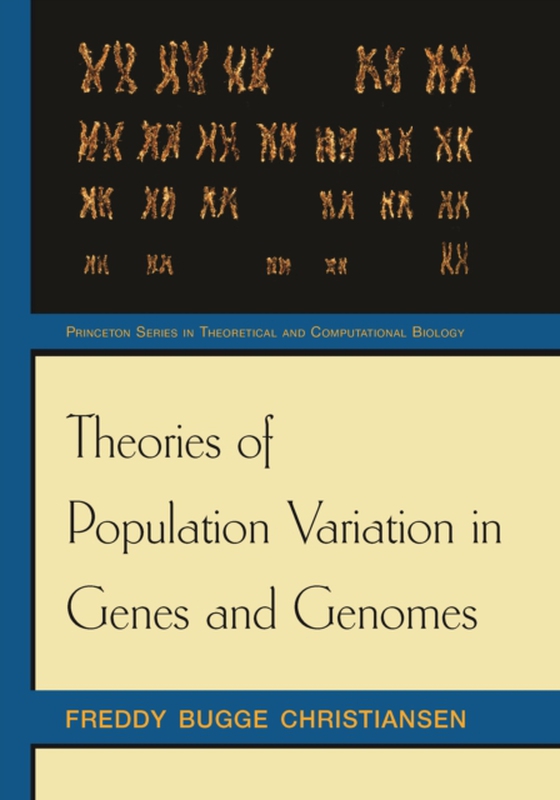
Theories of Population Variation in Genes and Genomes e-bog
329,95 DKK
(inkl. moms 412,44 DKK)
This textbook provides an authoritative introduction to both classical and coalescent approaches to population genetics. Written for graduate students and advanced undergraduates by one of the world's leading authorities in the field, the book focuses on the theoretical background of population genetics, while emphasizing the close interplay between theory and empiricism. Traditional topics suc...
E-bog
329,95 DKK
Forlag
Princeton University Press
Udgivet
17 december 2014
Længde
432 sider
Genrer
Genetics (non-medical)
Sprog
English
Format
epub
Beskyttelse
LCP
ISBN
9781400866656
This textbook provides an authoritative introduction to both classical and coalescent approaches to population genetics. Written for graduate students and advanced undergraduates by one of the world's leading authorities in the field, the book focuses on the theoretical background of population genetics, while emphasizing the close interplay between theory and empiricism. Traditional topics such as genetic and phenotypic variation, mutation, migration, and linkage are covered and advanced by contemporary coalescent theory, which describes the genealogy of genes in a population, ultimately connecting them to a single common ancestor. Effects of selection, particularly genomic effects, are discussed with reference to molecular genetic variation. The book is designed for students of population genetics, bioinformatics, evolutionary biology, molecular evolution, and theoretical biology--as well as biologists, molecular biologists, breeders, biomathematicians, and biostatisticians. Contains up-to-date treatment of key areas in classical and modern theoretical population genetics Provides in-depth coverage of coalescent theory Discusses genomic effects of selection Gives examples from empirical population genetics Incorporates figures, diagrams, and boxed features throughout Includes end-of-chapter exercises Speaks to a wide range of students in biology, bioinformatics, and biostatistics
 Dansk
Dansk

